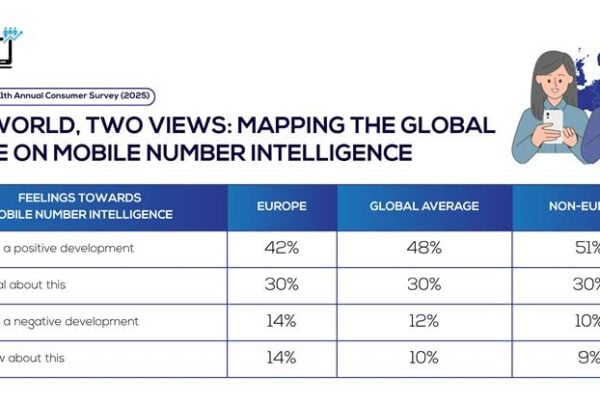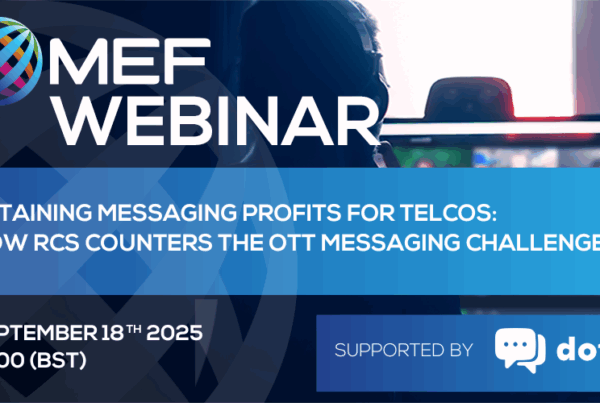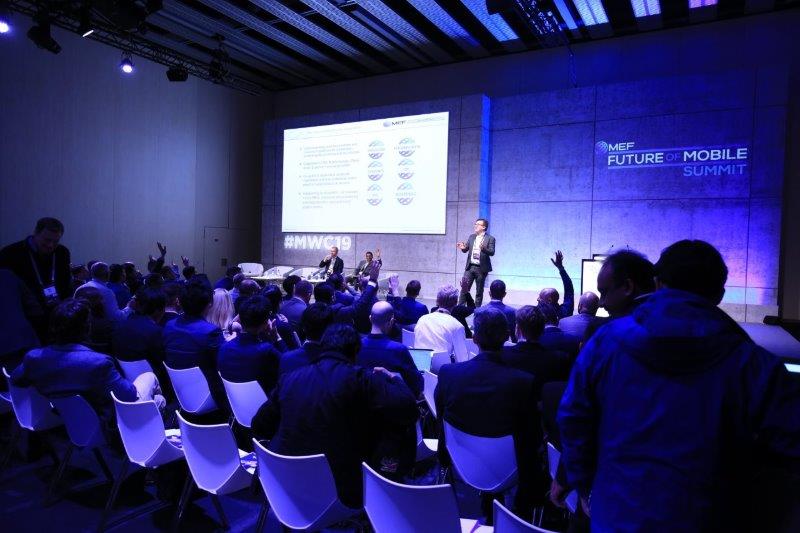Angel Dobardziev, Director at independent research consultancy WhiteBridge Insight, shares his key takeaways from IoT World and what the exhibition and debates on the show tell us about the future of the IoT space.
The recent IoT World event in Silicon Valley was very insightful. The IoT enabling technologies we saw at the expo are clearly developing very quickly; edge hardware (e.g. sensors and gateways) is getting smaller, better and cheaper, connectivity options are ever more diverse ranging from carrier-led (e.g. NB-IoT, and soon, 5G) to proprietary (e.g. Sigfox), increasingly offered with very attractive flat rate plans. There were also compelling IoT databases, analytics and visualisation applications on display, including some terrific augmented reality showcases.

If the expo was where your event visit ended, you might have left with a picture of a bright future for the IoT market.
On the face of it, connecting industrial ‘things’ such as buildings, machinery, meters and tools with sensors and actuators so the business can monitor and manage them remotely, better, faster and cheaper is a simple enough concept. The complexity arises from the next level considerations.
There is a need to secure the ‘things’; decide on various approaches for managing, processing and acting on the mountains of IoT data which may require AI; there is a challenge of moving from IoT pilots to scaled up IoT deployments; and in particular, there is a need to demonstrate a real link between IoT investments and the strategic business outcomes sought out of IoT initiatives the first place. The last one is particularly important for business DMs such as COOs, CFOs, CMOs and CDOs (D for Digital).
But the debate on the conference floor told a slightly different story. For all the client success stories paraded, including great IoT deployment insights from Avis, Daimler, the City of Las Vegas and Stanley Black & Decker, many vendors raised the challenge of the ‘IoT purgatory’, or being stuck in ‘a land of failed IoT pilots’.
Put simply, while many enterprises (between a third and half, depending on industry, according to most surveys) currently explore or pilot IoT solutions, only a small minority are actually moving to larger scale IoT deployments. Indeed, should the current level of mere IoT tinkering continue, the forecasts of an IoT revolution with a global market worth up to $1 trillion by 2025 may start to look a little too rosy. That would not be good.
For all the client success stories paraded, including great IoT deployment insights… many vendors raised the challenge of the ‘IoT purgatory’, or being stuck in ‘a land of failed IoT pilots’.“
What is driving this seemingly widespread ‘explore, pilot – then pause’ trend of IoT deployments by enterprises today? The vendor community is quick to come up with plenty of explanations. IoT combines information technology (IT) and operational technology (OT), and OT is often proprietary (think vehicle platforms, industrial machinery, or healthcare devices) and hence harder to integrate with standard IT tools. IoT pilots can be IT department-led, often launched with an insufficient buy in from business stakeholders – who then smother requests for funding for wide-scale IoT deployments.
IT security breaches and customer data hacks elicit nightmare scenarios on business continuity disruptions of potential IoT security breaches. And while the costs and risks of large-scale IoT deployments are immediately obvious, the business benefits are not always so, at least in the short term.
All of the above are very valid IoT market development issues that need to be methodically considered and addressed by vendors. But we think there is also a much larger issue at play linked to IoT vendors’ go-to-market strategies, and more broadly, their mindset. On this we find that vendors typically fall in two broad groups.
Inside-out versus outside-in mindset
The first group, which we would call ‘inside-out’, technology-first players, are the majority in the IoT ecosystem today. The typical IoT credo of this group is ‘everything that can be connected, will be connected’ – and they define the IoT market in supply-side terms such as ‘massive IoT’ or ‘critical IoT’ that sound great to analysts and investors, but resonate very little with enterprise clients. The IoT pitch of these vendors is mostly about the superior technical capabilities of their hardware, connectivity, platform, analytics or whatever piece of an IoT solution they offer.
They often build good relationships with IT decision makers whose tech- heavy jargon they speak, but typically lack relationships with business decision makers (e.g. COOs, CFOs), and an understanding what drives their agenda.
The second group, which we would call ‘outside-in’, business problem-first vendors are in the minority today – perhaps not a surprise given the IoT market immaturity. Outside-in vendors build and maintain deep relationships with COOs and CFOs – as well as CIOs- across industries. They open up their pitch with industry or client specific business problems, such as automation, operational efficiencies and product innovation.
These players bring the discussion to the IoT technology building blocks only as an answer to how industry challenges would be addressed, before switching back to the business outcomes (i.e. customer, operational, product and service enhancements) from an IoT deployment. Such players also have a deep partnership and ecosystem approach woven in their IoT go-to-market strategy, as they realise no single vendor, not even the largest vendors, can possibly excel at all components of the complex IoT value stack.
We think IoT market’s inherent complexity will hamper the progress of vendors that remain wedded to inside out, technology-first approaches. We believe an outside-in, client problem-first approach is critical to getting a green light from a sceptical COOs or CFOs for an IoT deployment, who unlike CIOs, are not interested in the technology nitty-gritty, and are intolerant of vendors which don’t ‘get’ their industry and business dynamics.
For sure, an outside-in approach is harder, slower and costlier. It would require effort and investment in resources to either build its own deeper understanding of the industry and client dynamics, or building close go-to-market partnerships with IoT ecosystem vendors that already do this well. But is being stuck in the ‘land of failed IoT pilots’ a viable alternative?





